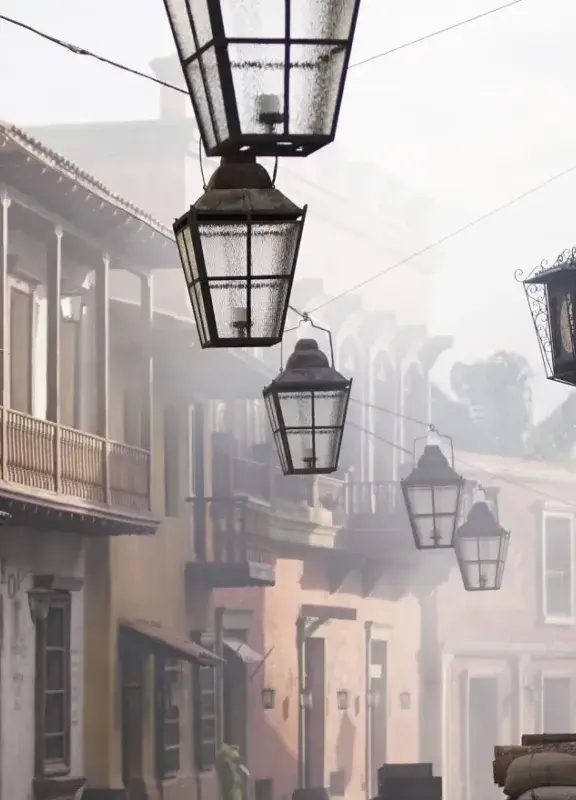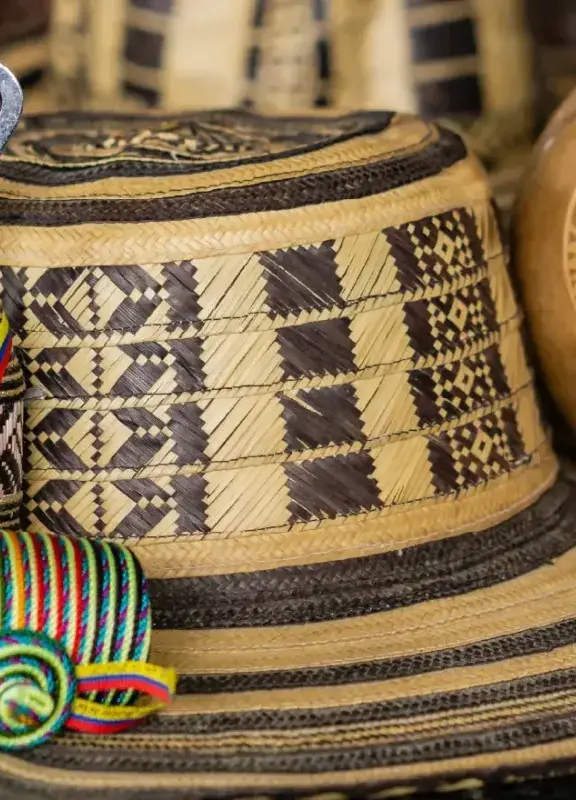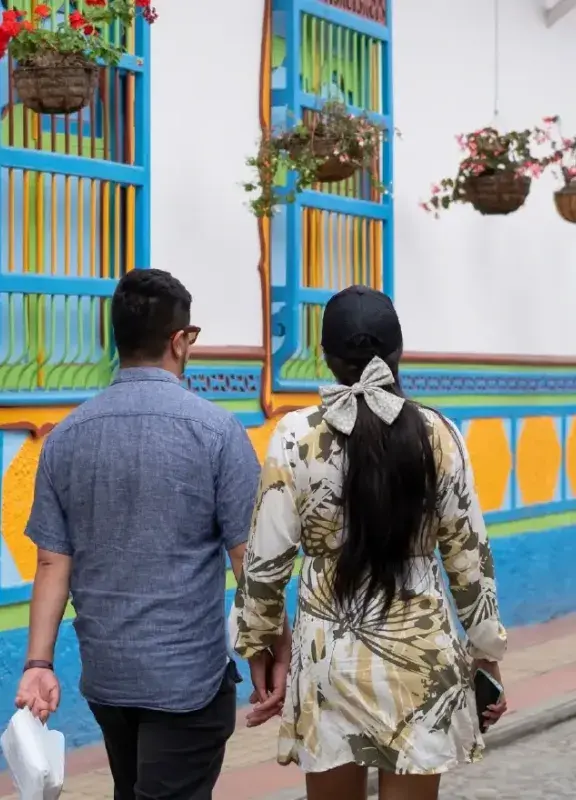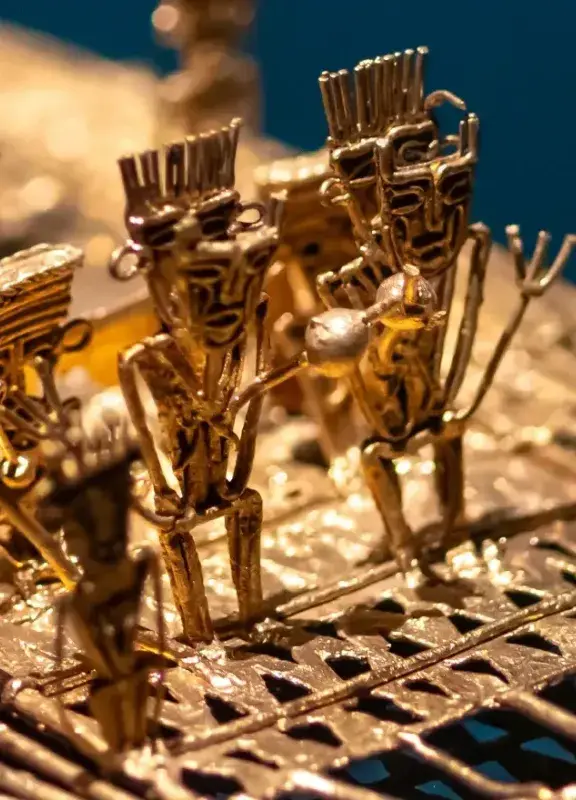Discover Colombian champeta: rhythms and history of the Caribbean
Discover the origins and unique rhythms of Colombian champeta. Learn how this genre has evolved, from its African roots to its global influence.
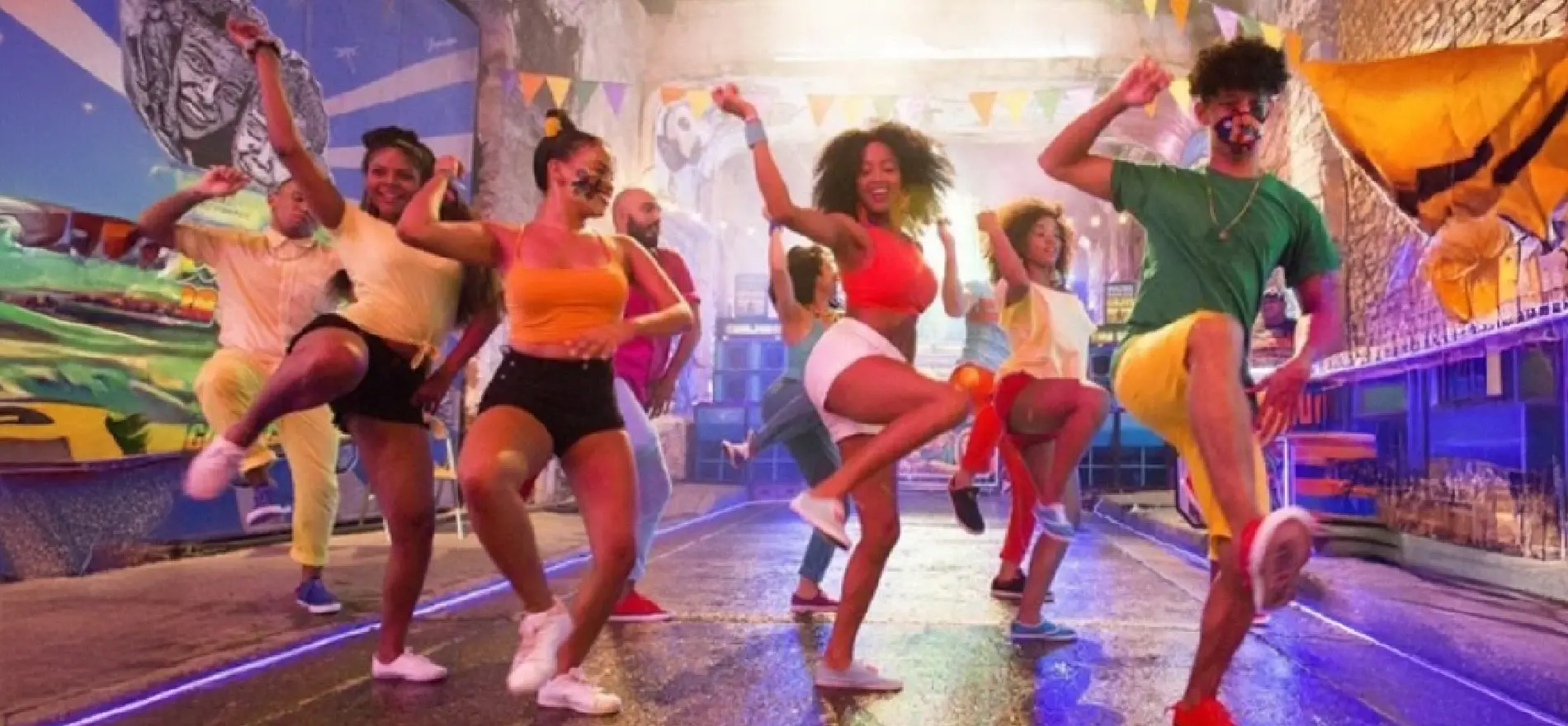
The Colombian champeta was born as an adaptation of African sounds with vibrations and influences from indigenous and Afro-Colombian music. It is part of the country's Caribbean culture and has made many people dance during different eras not only in Colombia, but also on international stages. This vibrant rhythm carries stories, unique characteristics, a marked evolution and popularization, as well as autochthonous sounds that reflect the richness and culture of the country of beauty. In this article, we invite you to explore key facts that will help you understand the importance of champeta in Colombia.
You might be interested in: Colombia: Land of a Thousand Rhythms
A history that became music
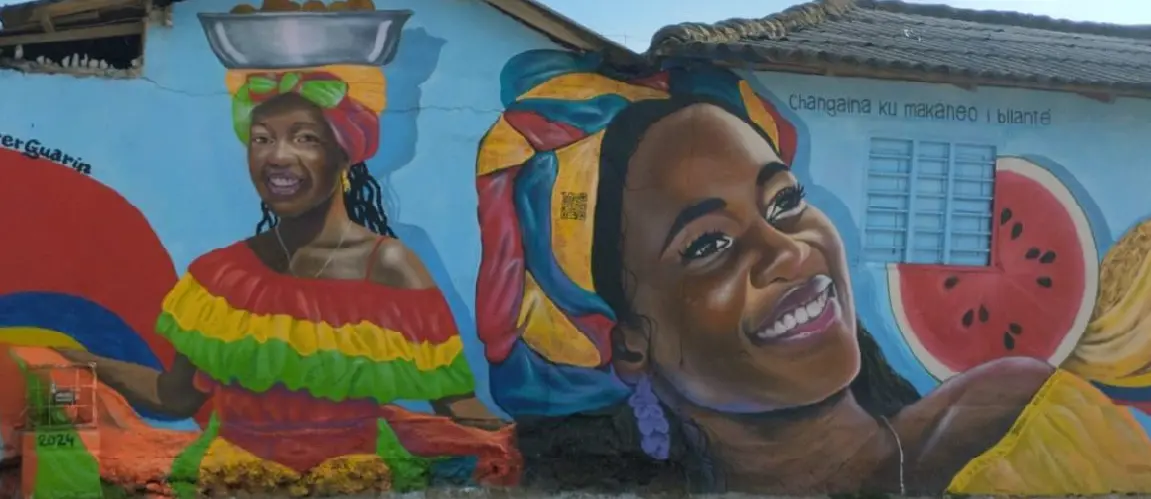
Champeta was born more than 40 years ago in Cartagena, with a strong influence from San Basilio de Palenque. Its origin occurred in the popular neighborhoods of the city and, during the 1980s, the Caribbean music encounters held in Cartagena contributed to its expansion at the national level. Since then, this rhythm has been present in the streets of the Colombian Caribbean. In its beginnings, many champeta songs were recorded in a homemade way and played in booths or verbenas: neighborhood parties where the picos —powerful mobile sound systems— traveled the streets bringing music to all corners. These social and musical spaces were decisive for its dissemination, until turning champeta into a cultural phenomenon of the Caribbean region and into a Cultural Heritage of Colombia.
The genre integrated influences such as African highlife and other Afro-descendant rhythms, creating a unique mixture that remains relevant. Over time, champeta became a symbol of identity for the Caribbean communities, especially those of African descent, reinforcing its connection with the roots and consolidating its presence in the national and international musical panorama.
You might be interested in: Cartagena: A world’s heritage site
Sounds and rhythms of the Colombian Caribbean
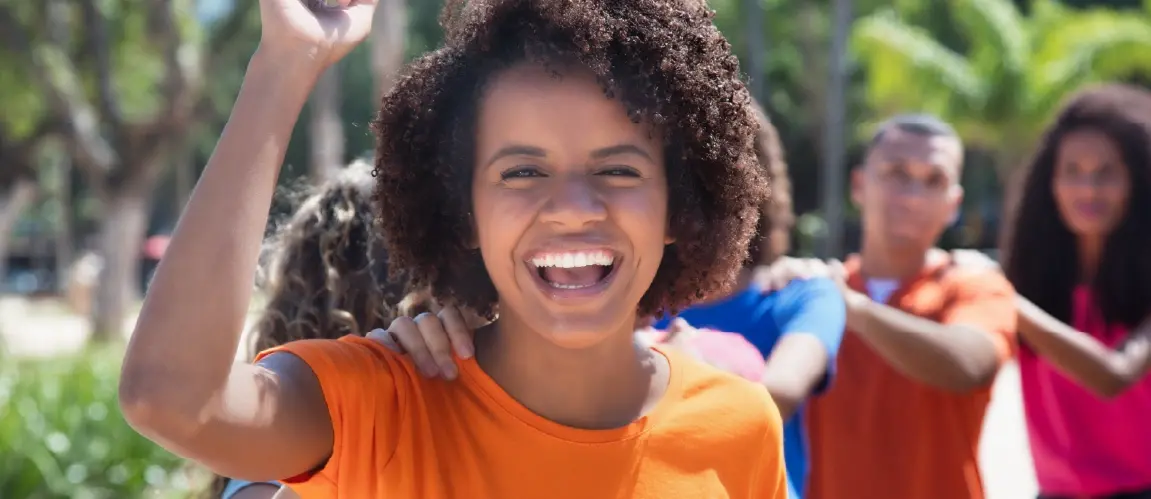
Champeta is characterized by its fast rhythms and vibrant pursuit, it is a mixture of several musical styles that includes elements of African, Caribbean, and Colombian music. In addition, it combines elements of Congolese music, soukous, and various Afro-Caribbean rhythms. This fusion results in a unique sound that invites dancing and partying in the Costa Caribe Colombiana. The instruments used in champeta vary, however, they usually include the guitar, bass, drums, and marimba; which create a solid and very particular rhythmic base.
As for the lyrics of the songs, they address everyday and social themes of Afro-Colombian culture. Through the melodies, champeta artists seek to transmit messages of resistance, empowerment, and unity. In addition, it has been a source of inspiration for plastic and visual artists, who have found in this genre a way to express the identity and cultural diversity of the country.
A genre that sounds in Colombia and in the world

Currently, Colombian champeta is heard in festivals, radios, and songs by artists from all over the Colombian territory. Recognized figures such as Mr. Black and Kevin Flórez have had great reception and have managed to take champeta to different national and international audiences. In addition to its impact on music, champeta has influenced fashion, art, and popular culture. The dressing style of champeta followers and artists reflects the vibrant and colorful aesthetic of Caribbean culture. In this way, this genre has been consolidated as one of the most representative artistic and cultural expressions of the Gran Caribe colombiano. Its fusion of African and Caribbean rhythms, as well as the meaning of its lyrics, makes it a unique manifestation of Colombian identity and spirit.
Champeta, the rhythm of the Earth, the Disney series about the genre from the Colombian Caribbean
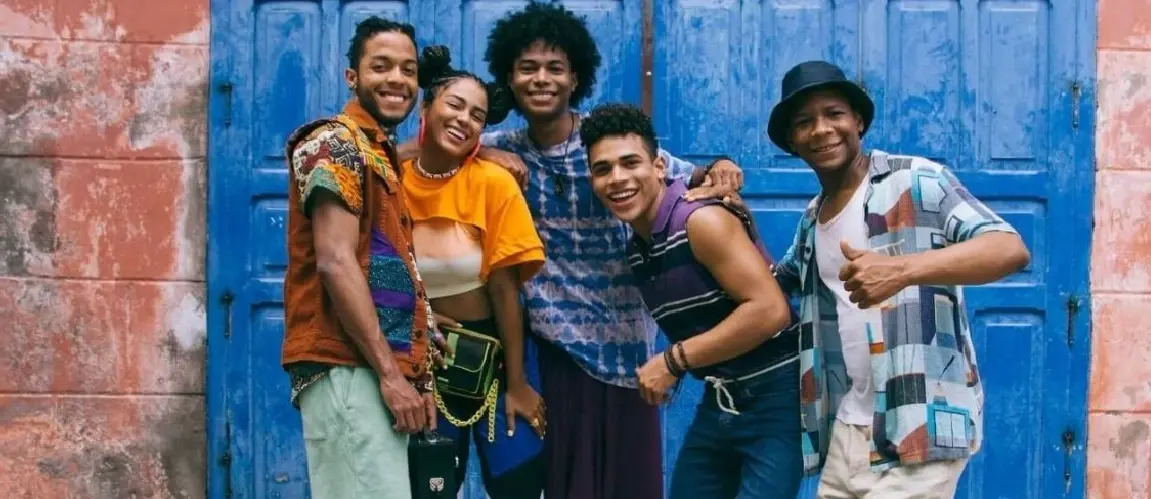
Champeta, the rhythm of the Earth, is the new Disney series that wants to pay homage to the cultural and ancestral tradition of this musical genre. It is a production that tells the story of Dumah and Fátima, two young people who, when dancing champeta, awaken the ancestral power of the earth, which chose them as its guardians, against a danger that threatens to destroy it. The protagonists are Key de la Hoz, Daniela Trujillo, and Marlon Moreno, all Colombian actors.
In this way, champeta continues to expand its borders, not only as a musical genre, but as a cultural tool that connects generations and regions. The series Champeta, the rhythm of the Earth is a clear example of how this rhythm has transcended the borders of music to integrate into other media, consolidating itself as a global cultural phenomenon. This musical genre, which was born in the neighborhoods of Cartagena and was forged in popular parties, today is heard in different places around the world, carrying with it the spirit of the Costa Caribe Colombiana.
 Welcome, you are in
Welcome, you are in 








